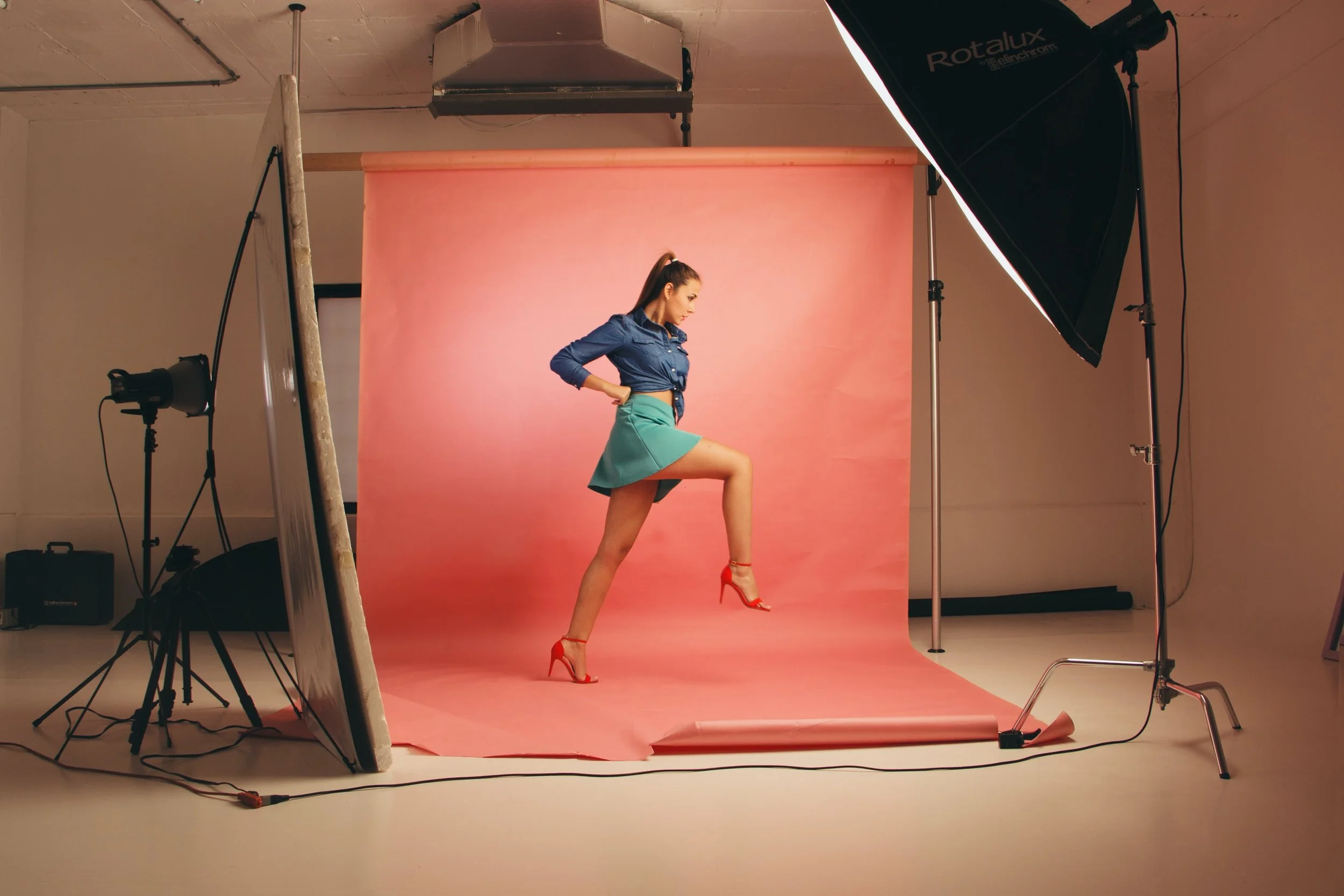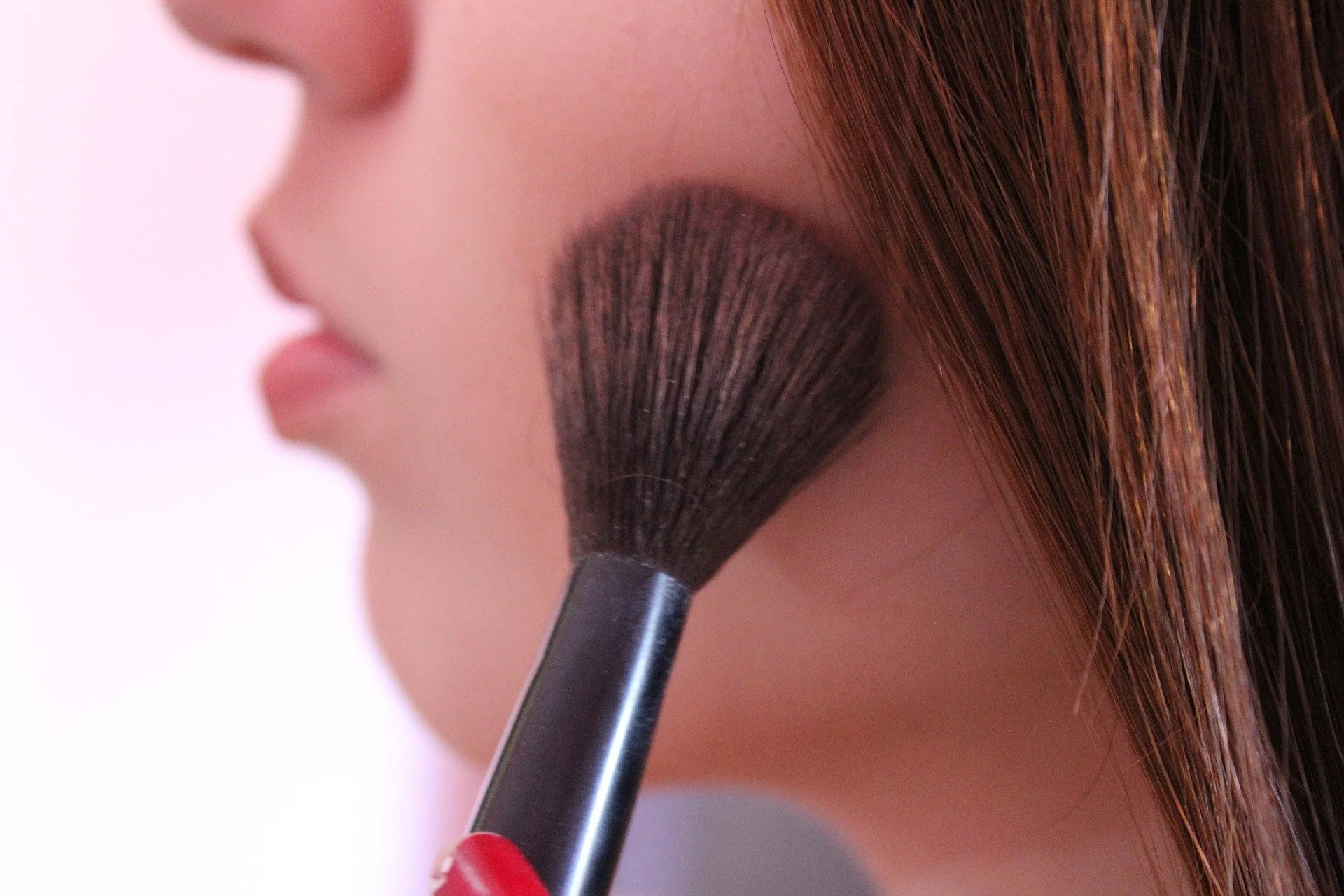Green House - The New Fashion House
via Pinterest
Perhaps using the word “Sustainability” has been a kind gesture or nod to the fashion industry for progressive attempts to lessen the damage it causes on the environment - however, if we’re going to be transparent about it, our beloved industry is responsible for nearly 35% of the microplastic flows into the ocean and outweighs the carbon footprint of international flights and shopping combined
42 percent of millennials say they want to know what goes into products and how they are made before they buy, according to The Business of Fashion and McKinsey & Company’s annual State of Fashion report.
But longer-term, the trend raises a central tension for many brands: in an era of growing consciousness and concern about the strain mass consumption is placing on the planet and its resources, can brands really be sustainable and continue to grow at the same time?
By definition - Sustainability :
the ability to be maintained at a certain rate or level.
"the sustainability of economic growth"
avoidance of the depletion of natural resources in order to maintain an ecological balance."the pursuit of global environmental sustainability"
According to dictionary.com
It's the ecological balance of the fashion world that has the new generation of “fashionistas” up in arms about how we consume fashion and how we produce it.
The understanding of sustainable fashion often begins with how materials are sourced, who’s being employed to work in the factories, how are they being compensated, how often we consume products, and how can we lessen the footprint (pollution) of fashion in the world.
Let’s break this down into three questions:
What Is Sustainable Fashion? Who Does It affect? Will It Cost Companies To Change?
Understanding Sustainable Fashion
- Consideration and adaptation to environmental and socio-economic standards when
creating a product. This includes all stages of the product's life, from the creation of the design to the final sale and ultimate use.
- Environmental factors: conserving natural resources, recycling, and using
renewable energy sources
- Socio-economic factors: workers conditions and rights - Intended for long term use - clothes made sustainably from naturally occurring fibers last
longer than clothes made from cheap synthetic materials. The longer the clothes last, the less clothes that end up in the landfill and the less clothing being produced in the long run.
Who Does Sustainable Fashion Affect
- Workforce: impacts the workers throughout the supply chain: Sustainable fashion focuses on minimizing the use of “sweatshops” within the fashion industry. This means improving working conditions and offering fair wages for all workers starting at the bottom on up.
- Consumer: naturally the consumer receives a higher grade quality of product, however, that same consumer will also pay a higher price to obtain a more “earth friendly” product.
What is the Cost of Producing Sustainable Fashion
- Sustainable fashion faces higher costs in almost every aspect of the supply chain as
opposed to their non-economically conscious competitors.
- Fabrics made from natural resources cost more than those made of synthetic materials.
They have to be farmed sustainably - and that means fair wages and environmentally friendly methods.
- Paying all workers fair wages significantly raises the cost of production. Also, because
the clothes are made to last, more time is put into making each garment and less products are made per payable hour.
- Sustainable fashion brands often buy in small quantities to avoid waste and because of
their smaller customer base. This is more expensive than buying in bulk in two ways: (1) manufacturers often give discounts to companies buying in bulk and (2) shipping costs are higher when multiple small orders are made instead of just one large one.
With the current COVID -19 crisis management cycles in motion for various industry - the one topic on everyone's “List Of Do’s” is to create a plan of execution to bounce back - and that begins with the message of “Conscientious Business” - companies are aware that they not only have to speak to what's happening, but they have to speak to the future - and that can be difficult when the future is clouded by financial lost and potential increase in debt with no real cash flow currently.
Despite Sustainability being an actual concern and legitimate focus, companies will and have simply “lip serviced” this necessary shift in toward more conscious fashion.
Companies speaking about the change and promising change can be seen as a marketing tool - or PR move to maintain their consumer, and intently grasp new patrons. Either way, the cause is acknowledged, but so much more has to be done, and the hope is, it will be done.
As we slowly maneuver toward a NEW NORM, it's our hope that we will see a lot of the changes promised by the fashion world.





















At the rise of Covid-19 many of us first questioned the timeline of fashion week and would we see the regular calendar continue - the question weighed over many of us for months! It was refreshing to see design houses and designers across the globe take advantage of the uncertainty and plow into production mode - thus my interest in Jerri Reid New York - The Black Designer based in Brooklyn New York wow’d instagram with his latest collection paying homage to the Black Is King film which debuted earlier this year in July. I was taken aback at quick of a turn round the young designer produced and released his well crafted designs reflecting some of the films most memorable moments.